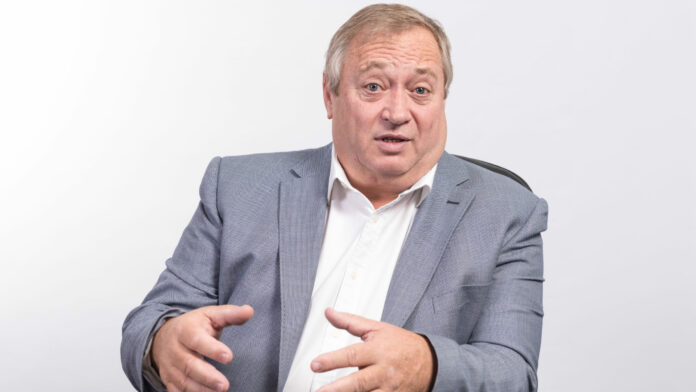
SIBANYE-Stillwater CEO, Neal Froneman said he “didn’t expect” a speedy outcome to wage negotiations with unions at the firm’s platinum group metal (PGM) mines owing to the complexity of discussions.
Wage negotiations are due to start in about a week.
“I don’t think it will be quick outcome,” Froneman said in an interview this week. “Positional bargaining is a process, especially if you are going to achieve an inflation-related wage increase. Maybe there’s a bit more complexity with profit share which could well be the right thing for PGMs.”
Anglo American Platinum (Amplats) made relatively short work of its wage negotiations agreeing on May 26 a five-year wage agreement with unions that increased the total labour cost to company an average 6.6%. Northam Platinum signed a five-year wage pact last year after agreeing an average 6.5% wage increase.
South African consumer price inflation hit a five-year high in May with a 6.5% increase compared to 5.9% in April 2022, said Statistics South Africa.
Froneman said he believed there was little appetite for a strike among union members, especially as the memory of the 2012 strike was strong. About 750,000 ounces in production was lost over the period – but more importantly it precipitated the Marikana Massacre, the 10-year anniversary of which occurs in August.
“There is little appetite which doesn’t mean there won’t be a strike,” said Froneman who complained that employees “get abused” by unions owing to the absence of a secret ballot.
Analysts agree that Sibanye-Stillwater’s negotiations with unions will take time to negotiate and suggest Implats is also at risk of a strike.
The mines affected by the current wage negotiations are Implats’ Rustenburg Lease and Marula and Marikana and Rustenburg, owned by Sibanye-Stillwater. The mines employ 65,000 people full time and a further 22,000 contractors and account for about half of total employment in South Africa’s PGM sector, according to the Minerals Council.
“While the Amplats wage agreement sets a template, we believe Sibanye-Stillwater will be looking for an agreement that is more closely linked to inflation expectations,” said BMO Capital Markets analyst Raj Ray in a note.
UBS analyst Steven Friedman said the mines on the Western limb of the Bushveld where Sibanye-Stillwater and Implats operate are deep-level, labour intensive and “… are generally much less productive and not scalable relative to their Eastern/Northern Limb and Zimbabwean peers”. Consequently, the mines generate lower revenue per employee.
As a result, these mines were “more vulnerable to industrial action” as underground miners generally earn lower annual wages than machine operators at mechanised mines on the Eastern limb and labour is generally a larger component of total cash costs for deep-level, labour intensive miners “… making them more sensitive to wage increases”.
Gold recovery
The strike at the gold facilities, which lasted about three months, means Sibanye-Stillwater will only see production return to normal levels well into the second half of the firm’s financial year, said James Wellsted, vice-president of corporate affairs. Unlike a strike at the gold mines in 2018/19, all operations were shut during the current strike.
“So this time, we have got to get the environmental conditions back, suitable for operating in, and that will take some time,” said Wellsted. “We need to go underground in a phased manner and make sure that the work environment is safe for people to operate in.
“It will take time in a phased build up of two- to three months.”
On June 11, Sibanye-Stillwater signed a gold wage agreement with the National Union of Mineworkers and the Association of Mineworkers & Construction Union for an average 6.3% increase over the three years. Artisans and miners were offered a 5%, 5.5% and 5% wage uplift over the period.
However, it was a fraught process eventually saved after Sibanye-Stillwater agreed to extend a R3,000 ex-gratia payment to employees.










